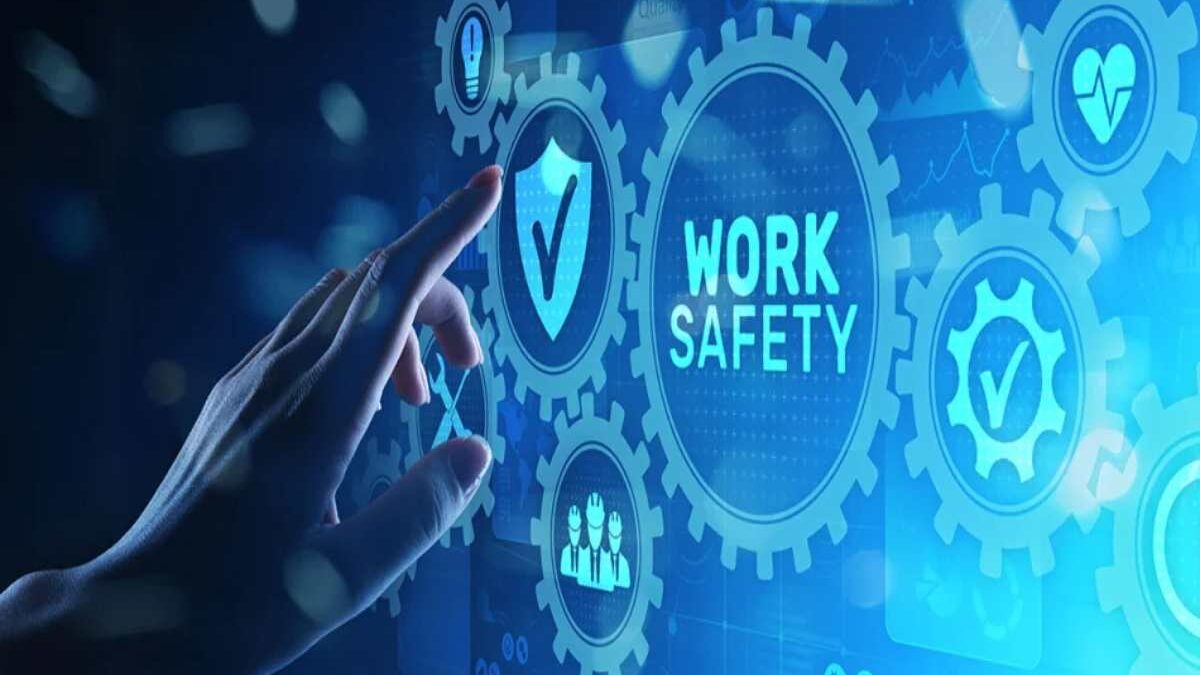Key Takeaways
- Understanding the importance of workplace safety can significantly reduce occupational hazards.
- Implementing comprehensive training and safety protocols is crucial for employee well-being.
- Creating a culture of safety requires commitment from all organizational levels.
Table of Contents
Understanding Workplace Safety
Ensuring workplace safety transcends regulatory compliance, becoming a fundamental aspect of an organization’s ethos dedicated to safeguarding lives and promoting operational efficiency. A diligent focus on safety helps in averting injuries and mishaps, thereby boosting employee morale and productivity across all levels. Crucial to achieving this is the implementation of protective measures such as workers’ comp insurance. This form of insurance is a vital mechanism that cushions employees and businesses against the financial burdens posed by workplace accidents. Such measures improve the overall work environment by alleviating anxiety and enhancing operational efficacy by reducing downtime that injuries can cause.
Moreover, prioritizing safety reflects a company’s commitment to its employees’ welfare, which can enhance organizational reputation. It directly contributes to employee retention, as workers are more likely to remain with employers, prioritizing their health and safety. Thus, understanding the broader implications of safety is crucial for fostering a positive and resilient work culture that supports every individual’s success.
Identifying Common Workplace Hazards
The foundation of a safe workplace lies in the proactive identification and assessment of potential hazards, which can manifest in various forms – from physical dangers like slips and falls to chemical exposures and ergonomic issues stemming from repetitive motions or poorly designed workspaces. Regular, rigorous safety assessments are pivotal in preemptively addressing these risk factors.
Beyond merely identifying hazards, it is crucial to maintain an ongoing dialogue about safety concerns. Encouraging employees to report hazards without fear of repercussion can bolster hazard mitigation efforts. Furthermore, technology can be leveraged to report and track these hazards efficiently. By embedding hazard awareness into the organizational culture, businesses can mitigate risks effectively and continuously adapt strategies to emerging threats, ensuring a safe and secure workplace.
Developing a Safety Program
A well-crafted safety program delineates responsibilities and establishes a framework for a safe work environment. Developing a program responsive to specific workplace needs involves setting clear, enforceable policies and adaptable to changing circumstances. It serves as a guide for employees and a statement of the company’s commitment to their well-being. Organizations are encouraged to draw on expert resources like the CDC to construct such an effective program, which offers valuable insights into cultivating comprehensive safety strategies.
A successful safety program embraces flexibility, adjusting to advancements in industry standards and employee feedback. Integrating periodic reviews and updates can ensure the program remains relevant and effective. This adaptive strategy helps nurture a proactive safety culture where employees are knowledgeable and confident in their safety protocols.
Implementing Regular Training Sessions
Integrating safety into the workplace culture begins with regular training sessions encompassing emergency response procedures, equipment management, ergonomic practices, and first aid. Training should not be viewed as a checkbox to be marked yearly but as an interactive and continual process woven into the organizational fabric. This approach ensures that employees are consistently informed and prepared for potential hazards.
Furthermore, dynamic training programs that employ interactive and practical methods can greatly enhance knowledge retention and application. Fostering an engaging learning environment and safer workplace behaviors can make employees more vested in their safety. Regular feedback from employees on training effectiveness can also refine and enhance future sessions, ensuring they are always relevant and impactful.
Fostering a Culture of Safety
Developing a safety-oriented culture within a company extends beyond enacting rules; it necessitates ingraining safety into the heart of organizational values. Leaders must embody safety-first attitudes and visibly prioritize safety in decision-making processes. An authentic commitment from leadership can cascade throughout the company, influencing employees at all levels to adopt similar attitudes.
Promoting open communication lines and regular dialogue about safety encourages employees to share experiences and suggestions without apprehension. Establishing safety committees or task forces can further this by providing continuous feedback and improvement platforms. All employees’ collective commitment to safety fosters an environment of mutual responsibility and a shared focus on preventing workplace incidents, reinforcing the company’s safety culture. Recognizing and rewarding safe behavior can motivate employees to adhere to safety protocols and contribute to a culture of excellence.
Navigating the Role of Technology in Safety
Emerging technologies present unprecedented opportunities to enhance workplace safety. Devices such as wearables can track workers’ health metrics in real-time, alerting employees and management to potential dangers before they escalate. Similarly, AI-powered predictive analytics offer vital insights into potential safety breaches by analyzing patterns and predicting future risks.
Integrating these technologies not only reinforces safety measures but also sets a technologically advanced standard for workplace safety. Through these innovations, companies can redefine their safety protocols, making them more efficient and effective. As technology continues to evolve, so will the strategies for maintaining safe and secure work environments, offering new ways to better protect employees while optimizing business operations. Incorporating these technologies into safety training and committees can also ensure more comprehensive safety approaches and quicker response times to potential risks.
Measuring the Impact of Safety Initiatives
An integral component of any safety program is the ability to measure its impact and effectiveness over time. Utilizing key performance indicators (KPIs) such as incident frequency rates and severity indices allows organizations to gauge the success of their safety initiatives. Collecting and analyzing employee feedback can further provide insights into the real-world efficacy of safety measures.
This data-driven approach enables organizations to identify trends, assess the success of current strategies, and uncover areas requiring attention. By continuously analyzing these metrics, businesses can refine their safety programs to protect employees better, ensuring that safety measures adapt to and evolve with the changing workplace landscape. Such adaptability is essential to maintaining a long-term, effective safety strategy. Furthermore, sharing these insights with employees fosters transparency and collective responsibility in striving towards a safer workplace.

